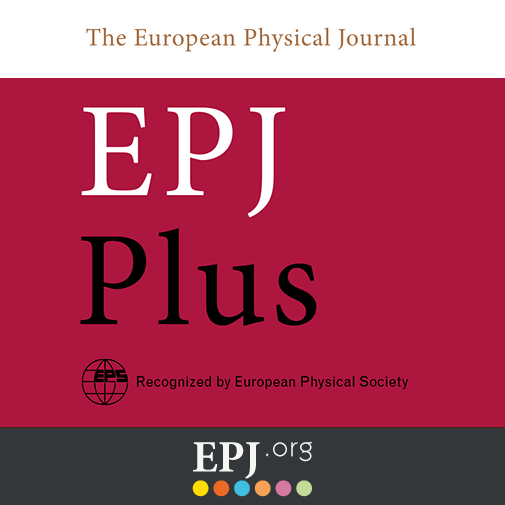EPJ Plus Highlight - Painting materials in San Salvatore crypt, Italy, confirmed to be from the Lombard Period
- Details
- Published on 11 December 2024

Complemeting PIXE spectroscopy with two further techniques, electron microscopy and Raman spectroscopy, plus infrared photography has allowed a full characterisation of the pigments making up these important medieval paintings.
The eighth-century church and crypt of San Salvatore in Brescia, Italy is one of the most important pieces of Early Medieval religious architecture in that country, if not in Europe as a whole. The crypt is known for its remarkable wall paintings. The pigments used in these were analysed about twenty years ago using a non-destructive technique, PIXE (Particle-Induced X-ray Emission Spectroscopy), but the results were largely inconclusive. An international group of scientists led by Alessandro Zucchiatti of the University of the Witwatersrand, Johannesburg, South Africa and the University of Genoa, Italy has now performed a much more detailed analysis of these pigments, leading to important insights into their nature. This work is now published in EPJ Plus.
The original PIXE analysis of the painting samples was not sufficient to precisely identify the materials used for two main reasons: the spatial resolution of this technique is relatively limited and the samples had been buried for many centuries. Zucchiatti and his team have now complemented this with two further instrumental techniques, scanning electron microscopy (SEM) and Raman spectroscopy. “This multi-disciplinary approach, starting with the simple [in this case PIXE] and then using more specific techniques to go into details is a common and effective practice in archaeometry”, explains Zucchiatti. Archaeometry is the application of techniques from the physical and life sciences to the study of archaeological remains.
Using this combination of techniques, the researchers were able to identify ochres in the red and yellow pigments, glauconite in the green earth pigment and carbon in the black and grey areas. “The results concerning the green and black pigments were particularly novel and interesting”, adds Zucchiatti. Cobalt was discovered in a piece of blue glass from the stucco decoration of an arch. Taken together, these results were in agreement with materials that were in use during the same period as the crypt itself, the Lombard era in Italy.
Zucchiatti, A., Roascio, S., Donate Carretero, I. et al. PIXE, SEM and RAMAN analysis of pictorial materials from the VIII century crypt of San Salvatore, Brescia (Italy). Eur. Phys. J. Plus 139, 1015 (2024). https://doi.org/10.1140/epjp/s13360-024-05800-0





